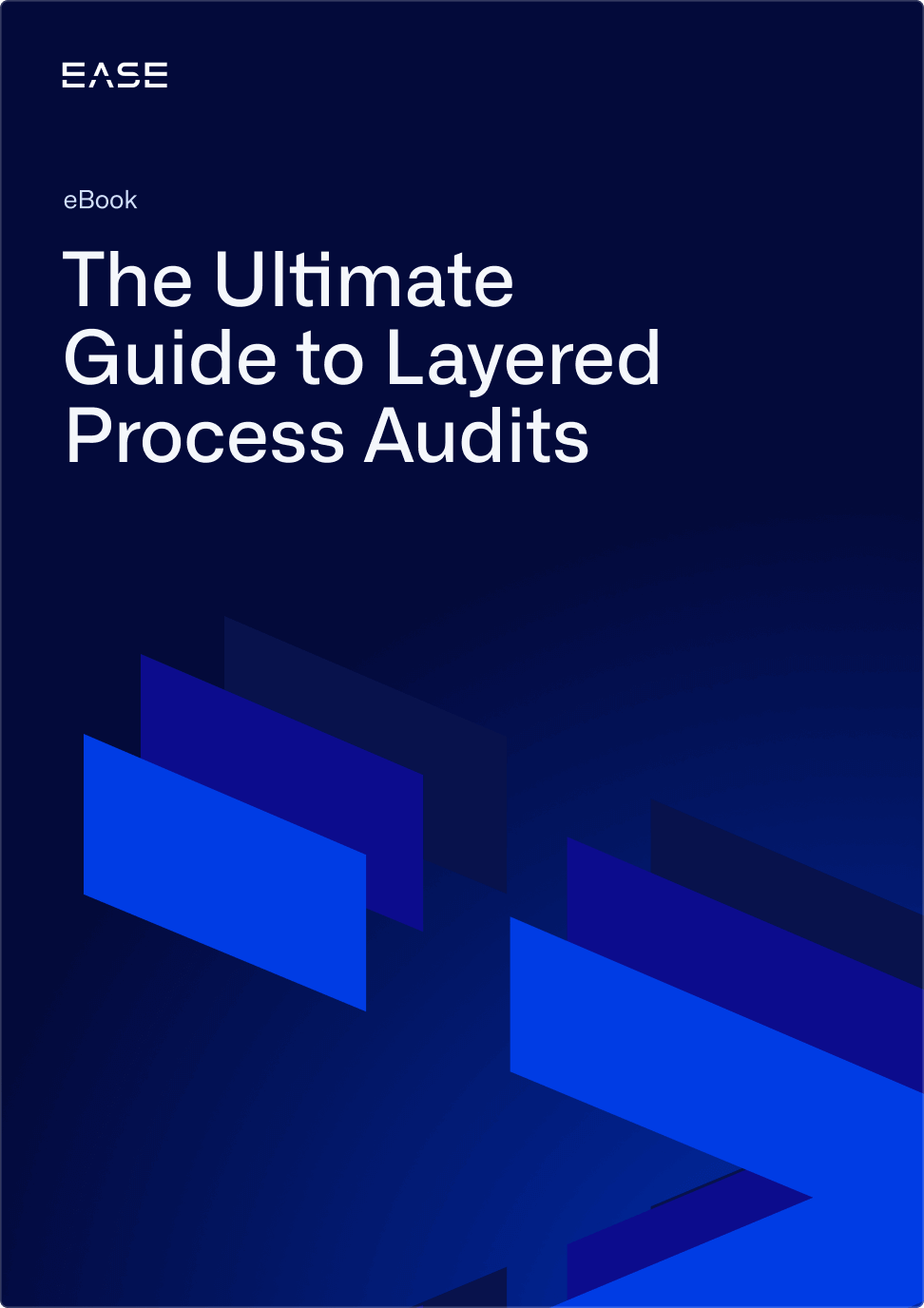Safety Audit vs. Safety Inspection: What’s the Difference?

Safety inspections and safety audits are both critical to achieving environmental, health and safety (EHS) compliance.
But despite the fact that many people use these terms interchangeably, the fact is they address two completely different levels of safety management.
Today we’re looking at what makes safety audits and safety inspections different, including examples of questions for each. We also explore the critical element they both must have, and how software makes the processes more effective.
Safety Inspection vs. Safety Audit: The Basics
The main difference between the safety inspections and safety audits is their duration and scope. Safety audits are less frequent and more extensive than safety inspections. An annual safety audit could take several days to weeks to complete, while a safety inspection might only take five or 10 minutes at the beginning of each shift.
A safety audit can be compared to doing regular maintenance on a car engine, while a safety inspection would be analogous to checking the tire pressure and oil levels. The car can’t run without a functioning engine, but it can run temporarily on low engine oil or a deflated tire. However, as the tire continues to deflate and the engine loses oil, the vehicle becomes less and less efficient.
What Are Safety Audits?
A safety audit, also commonly known as a program evaluation, examines the completion and effectiveness of a company’s safety programs at a macro level. Safety audits have three primary objectives:
- Determine if the company is following its safety program
- Identify weaknesses and gaps within the safety program
- Ensure proper record-keeping
During a safety audit, manufacturers might ask questions such as:
- Can you describe the company’s EHS policy?
- How do you report a hazard? What are the steps?
- What are the hazards when performing your job? What are the controls?
- Where can you find the safety data sheet (SDS) for each chemical?
- When was your last safety training?
It’s worth pointing out that that a company can meet all of its safety program requirements on paper, but still have weaknesses that put employees at risk for injury or illness. That’s where safety inspections can fill the gap.
What Are Safety Inspections?
Safety inspections are conducted at the process level to identify safety hazards and document changes in process layout, staff and equipment that could impact safety.
Inspection checklists should be customized based on each process’s unique hazards. For instance, a machinist might conduct a daily safety inspection to ensure the functionality of machine guards and emergency response equipment.
Types of questions that inspections focus on include:
- Are the machine guards in place and working as noted in the safety standard?
- Are all chemical containers labeled and stored according to safety manual requirements?
- Are stairways and walkways clear of trip hazards?
- Are exits unblocked?
Read what to look for in a safety inspection app
Using Software to Manage Audits and Inspections
Mobile audit software provides significant benefits for improving the effectiveness and efficiency of safety audits and safety inspections. One of the most important benefits is providing a closed-loop process for managing findings, which is key to eliminating repeat problems that represent compliance and safety risks.
In terms of inspections, using audit software rather than paper checklists and spreadsheets allows manufacturers to:
- Quickly document identified hazards, including with photos evidence
- Alert supervisors of important findings and action items
- Assign and track corrective actions
- Use real-time data on plant floor safety to make decisions and prevent injuries
- Access and share data in easy-to-read reports and dashboards
- Check back on previous issues to ensure corrections work
From the perspective of safety audits, audit management software is also useful for identifying a root cause when it isn’t readily visible. Detailed information on what’s actually happening on the plant floor helps streamline use of problem-solving tools like the 5 Whys, fishbone diagrams and Pareto charts.
Just as a working car needs both regular engine maintenance as well as periodic checks of fluid levels and tire pressure, workplace safety requires both audits and inspections. It’s possible to have a safety program that’s technically compliant but still has major gaps and risks, which is why companies must verify safety conditions on the plant floor.
Mobile audit software provides a bridge between the two, allowing companies to capture findings and close the loop on problems, so that hidden hazards—and employee safety as a whole—don’t fall through the cracks.
